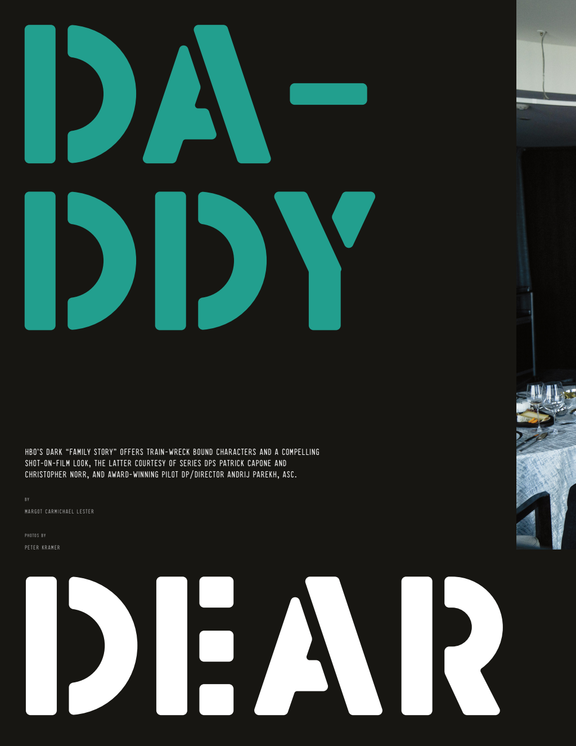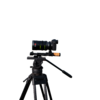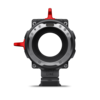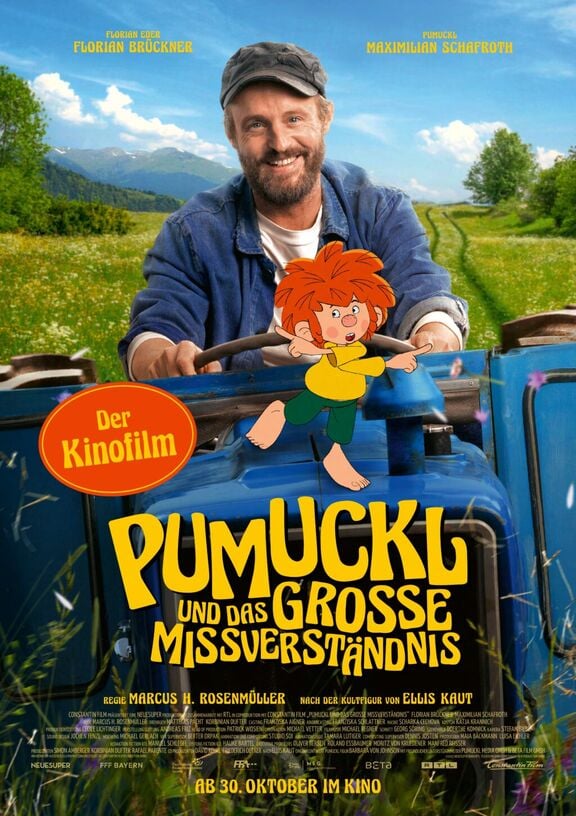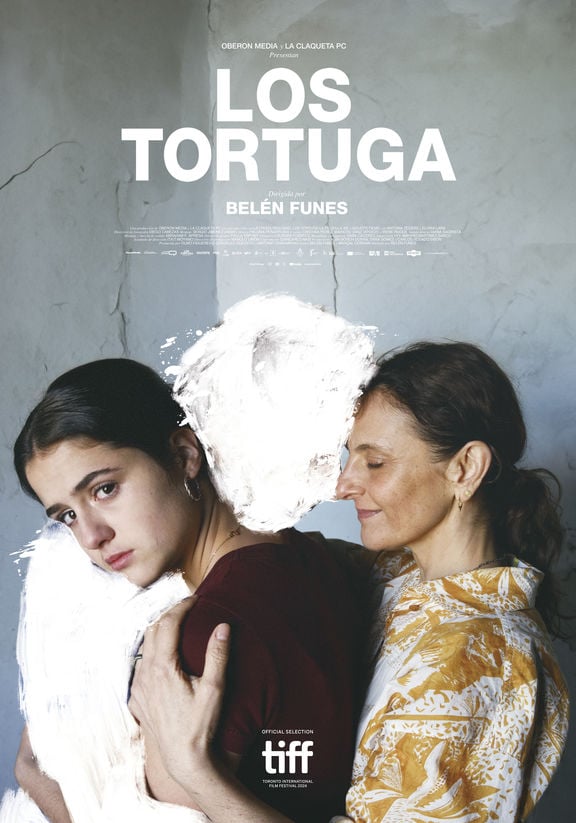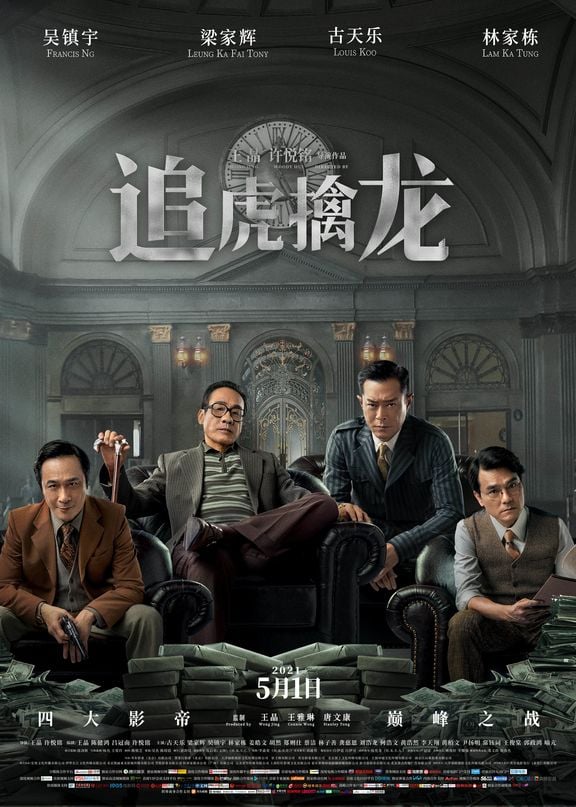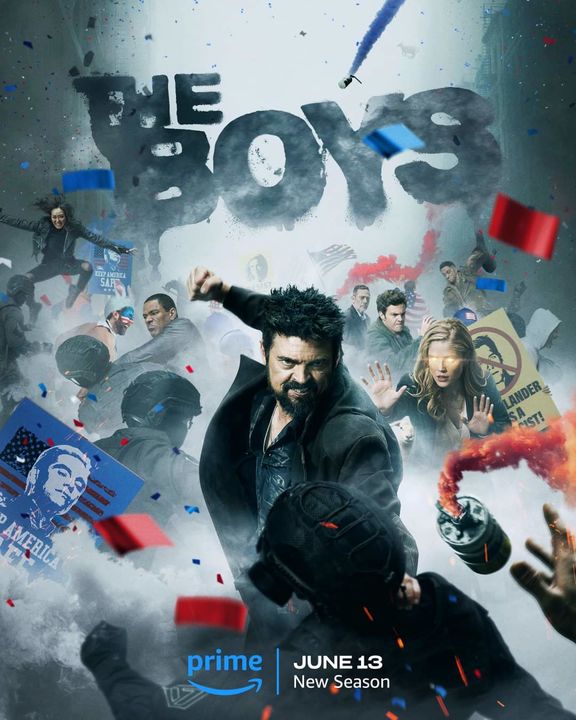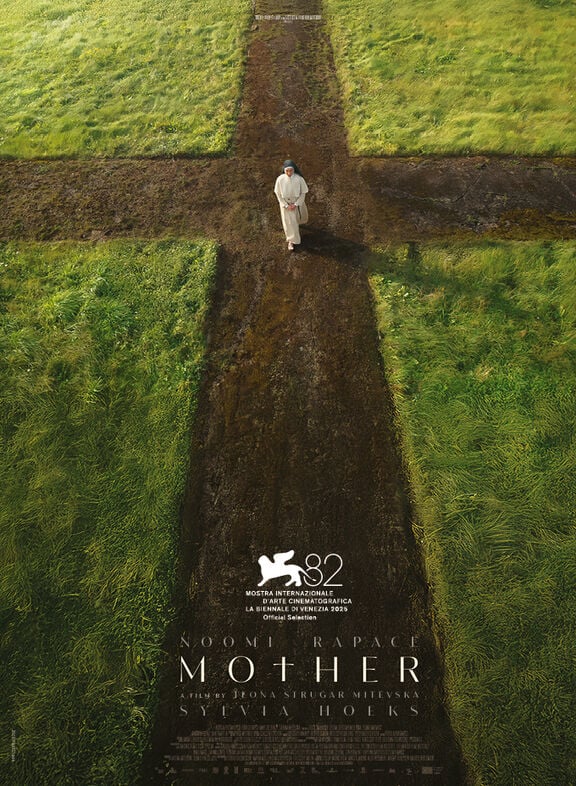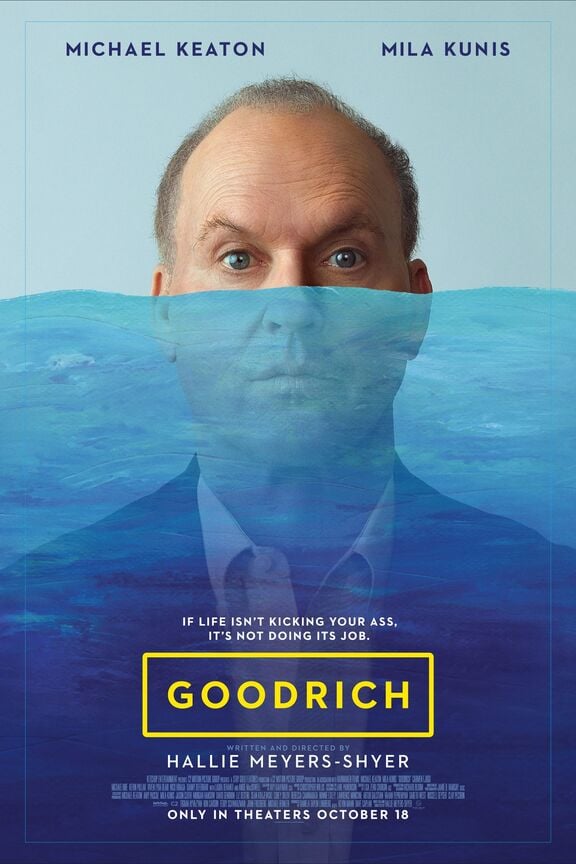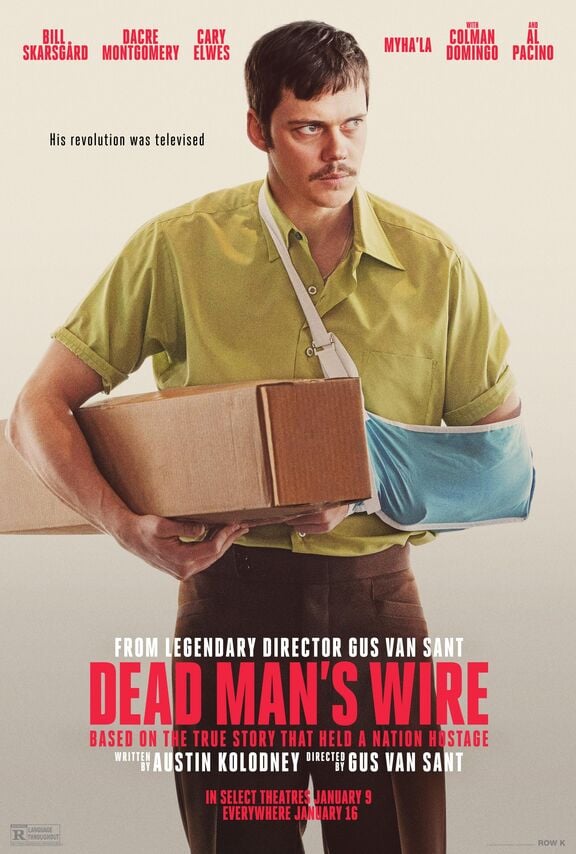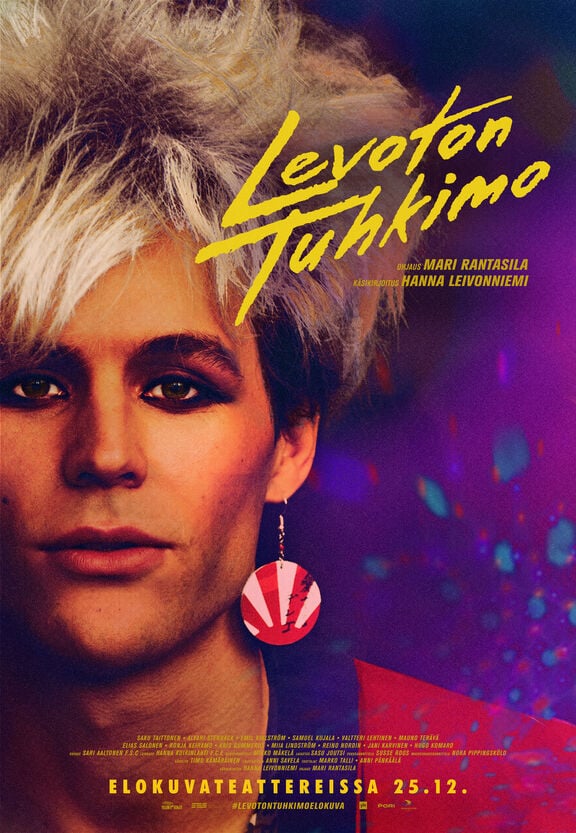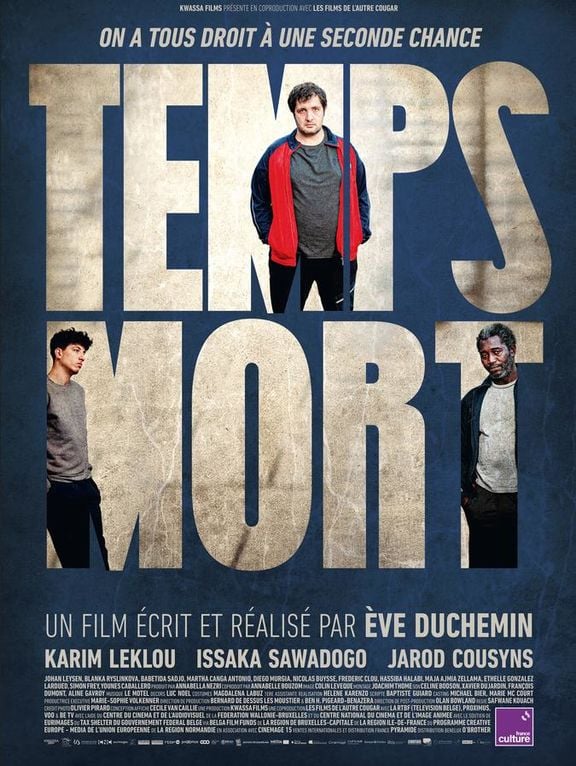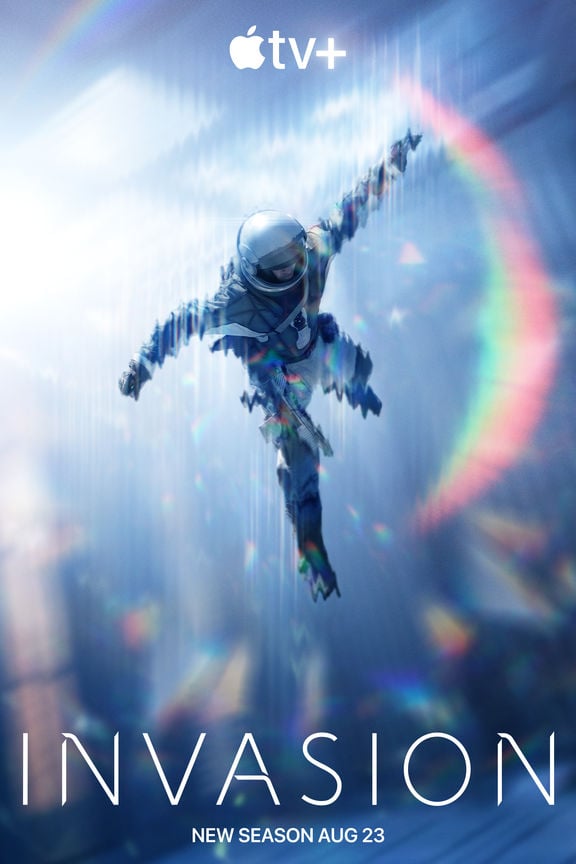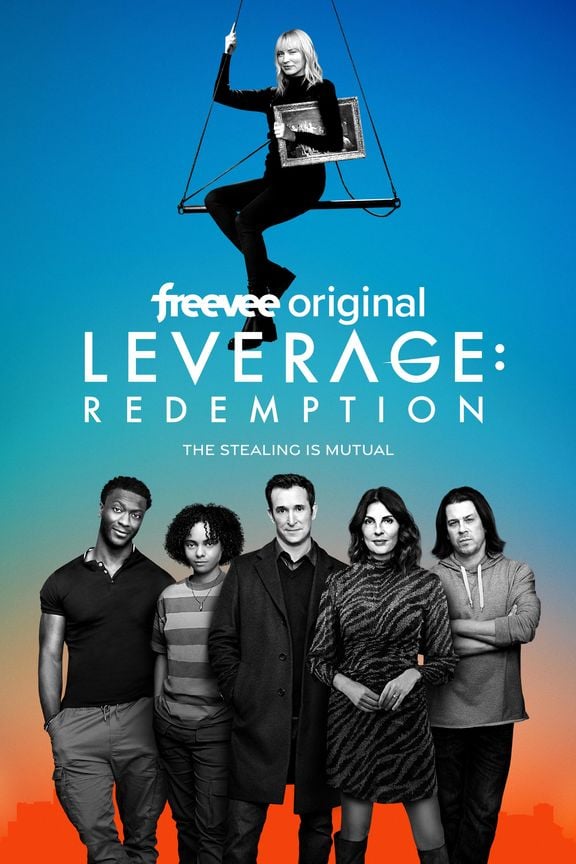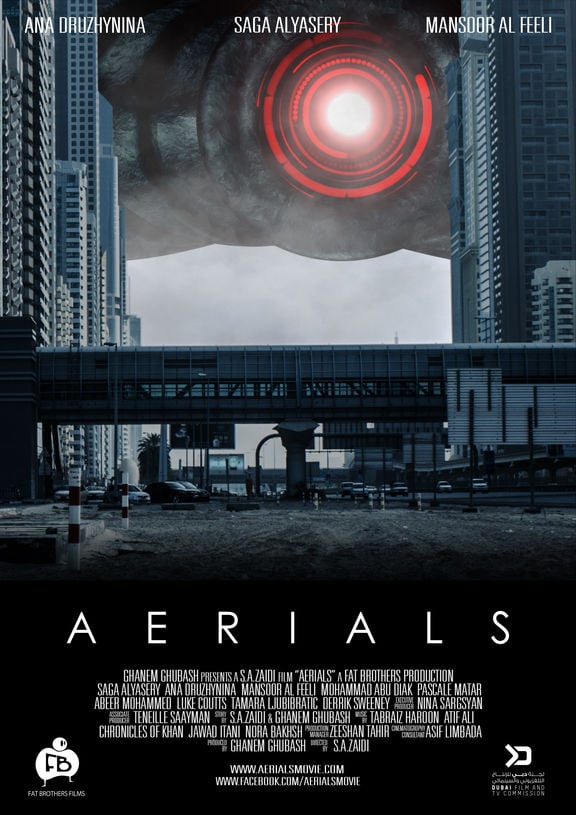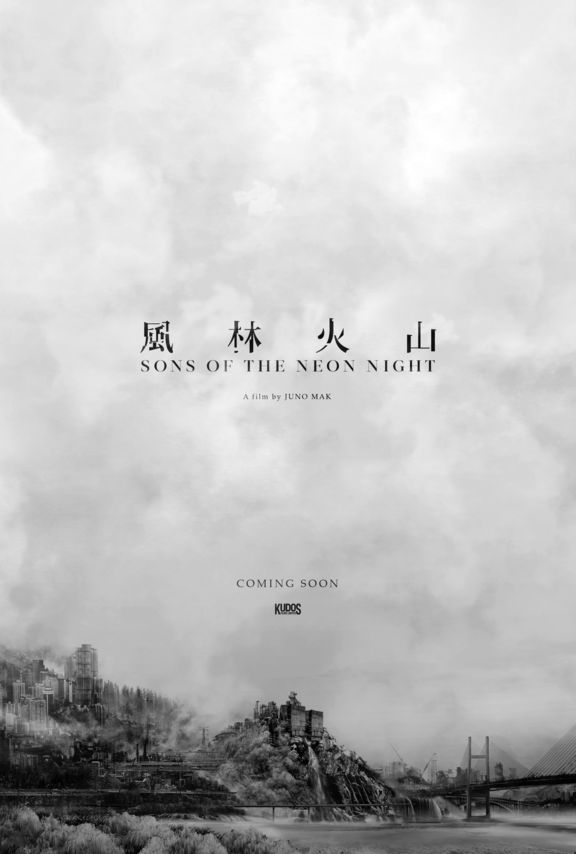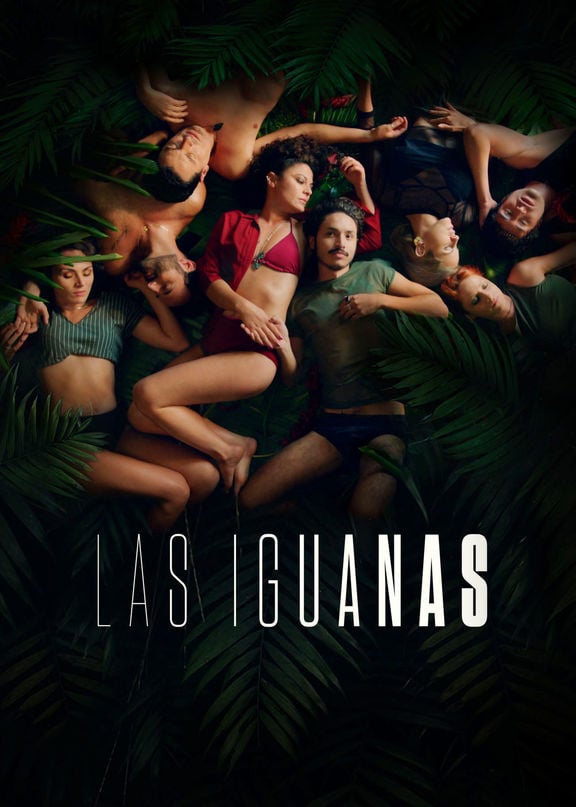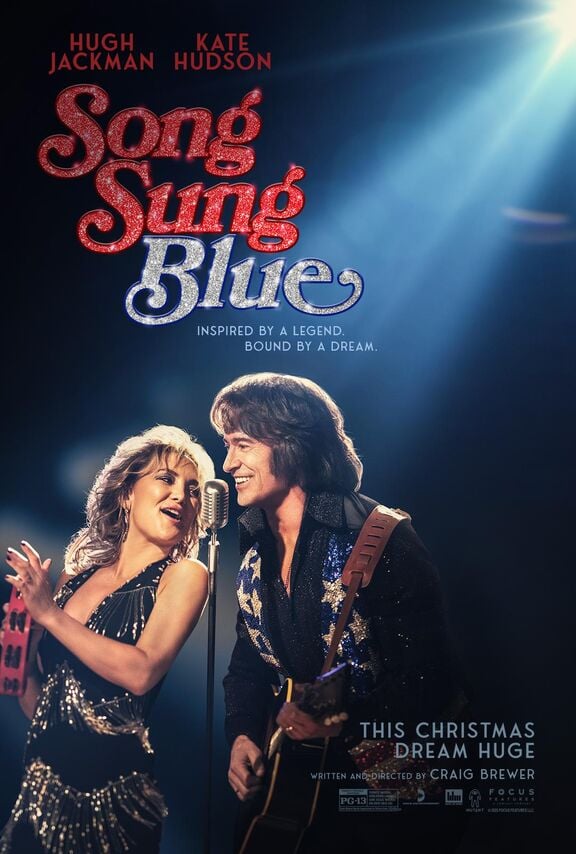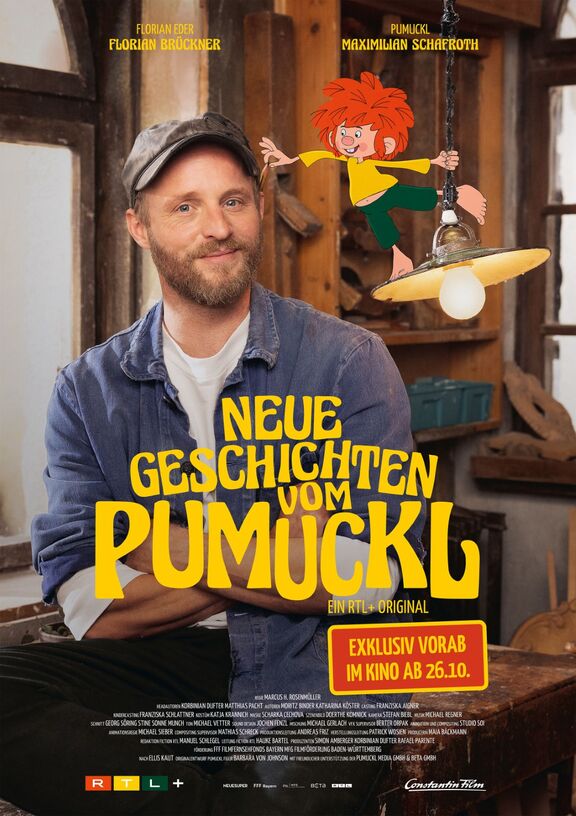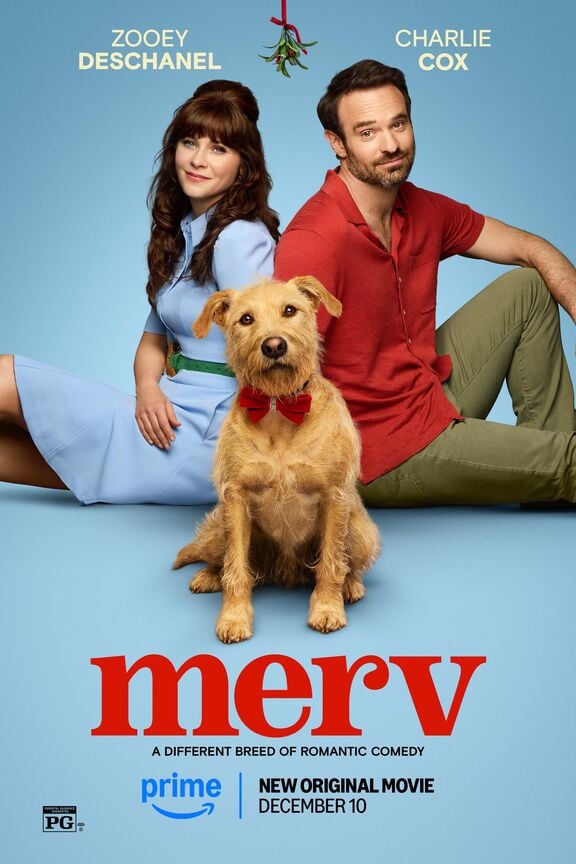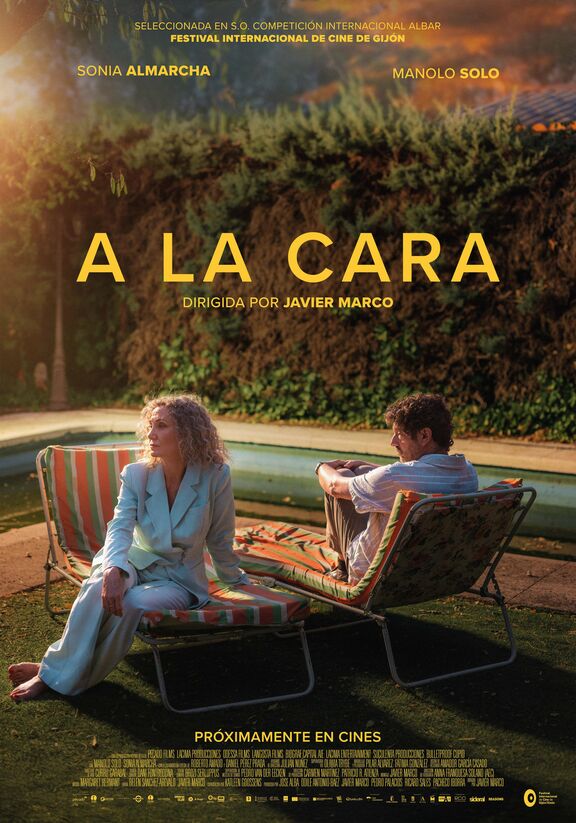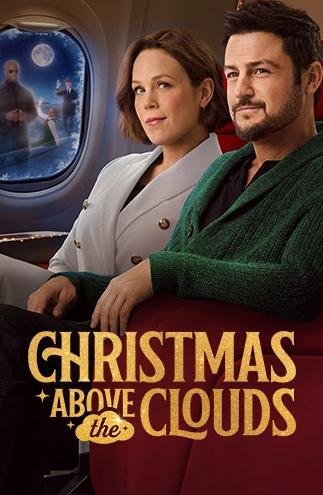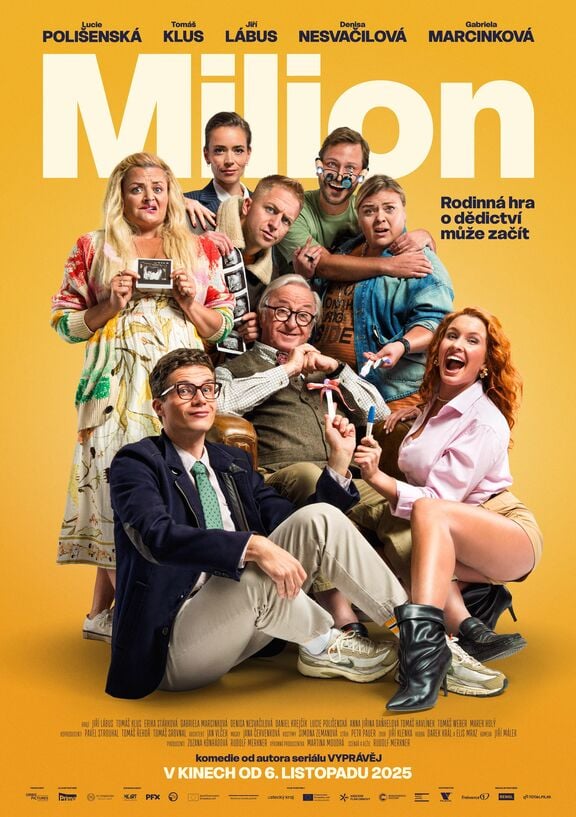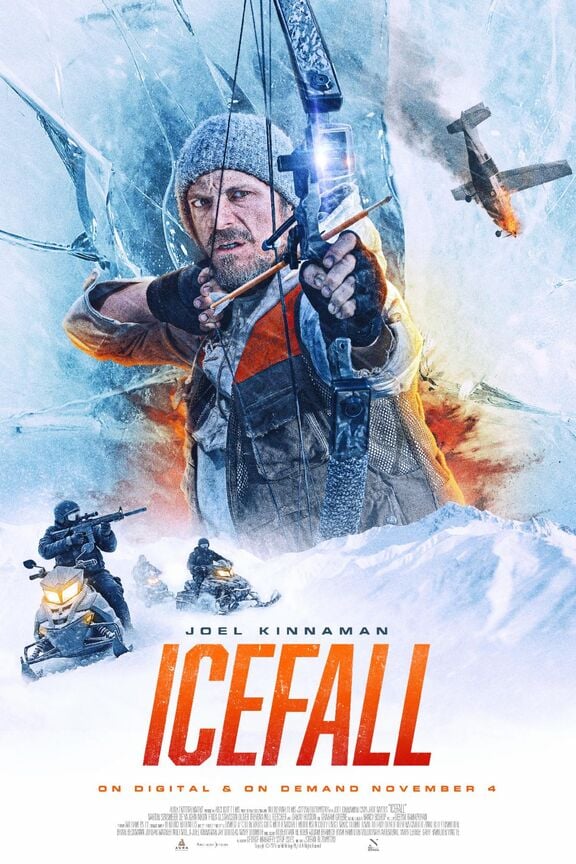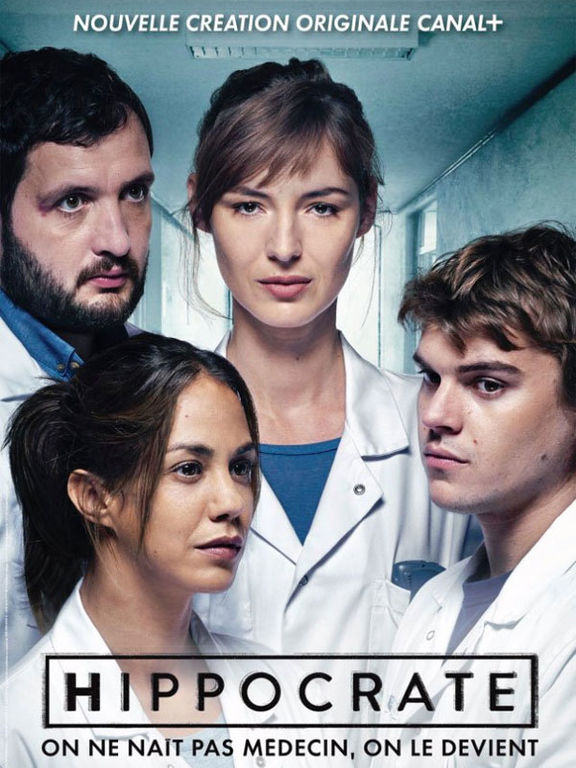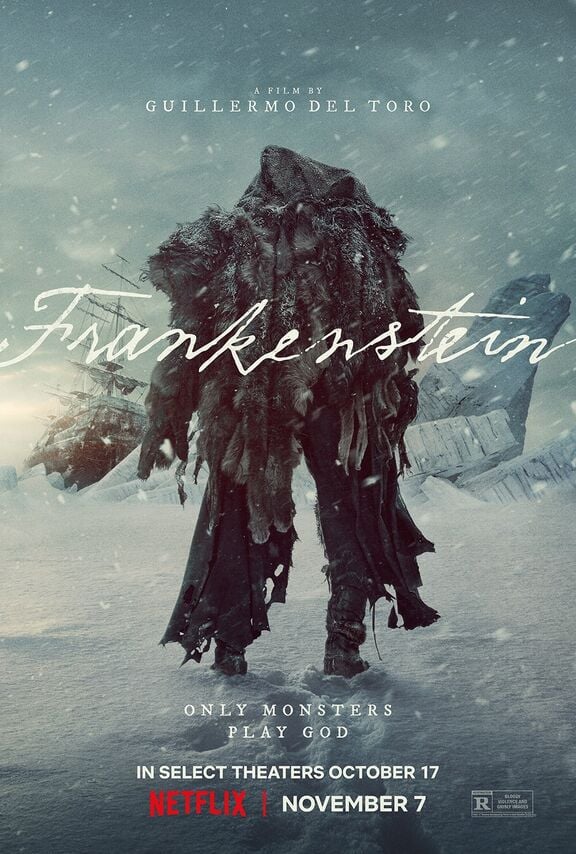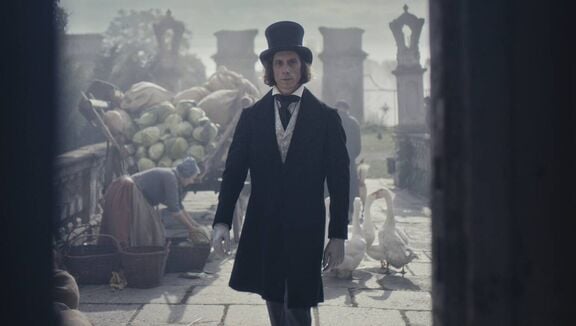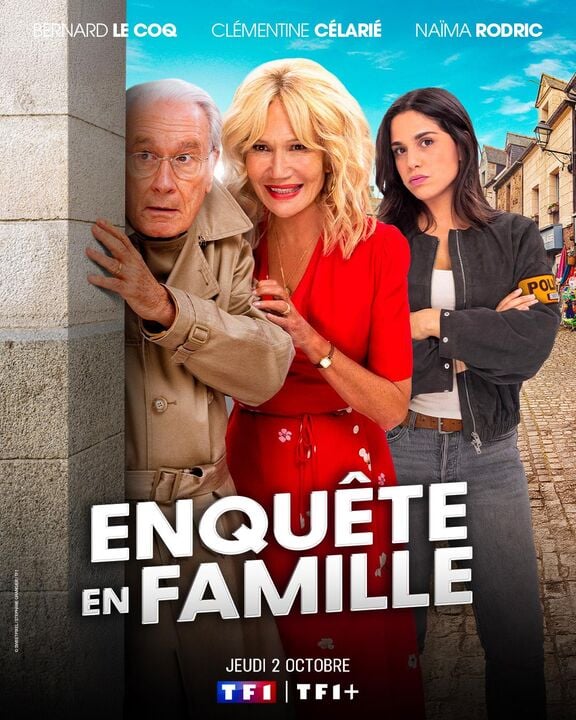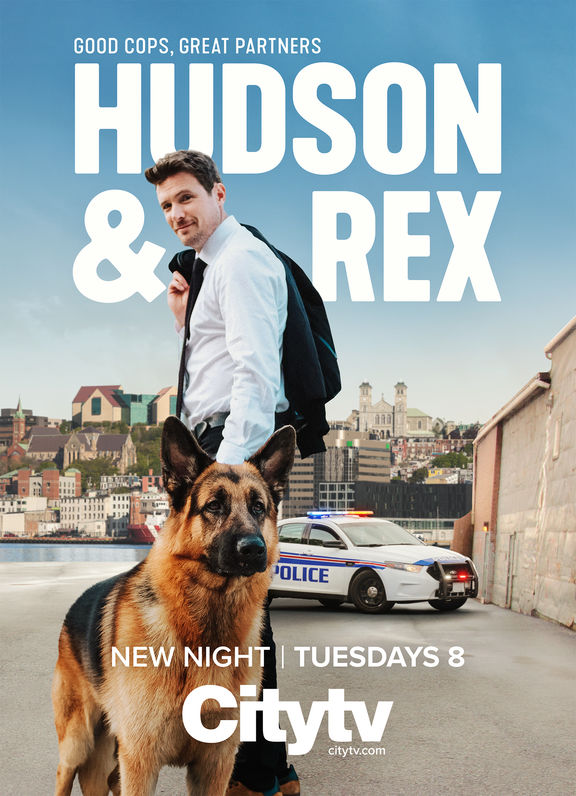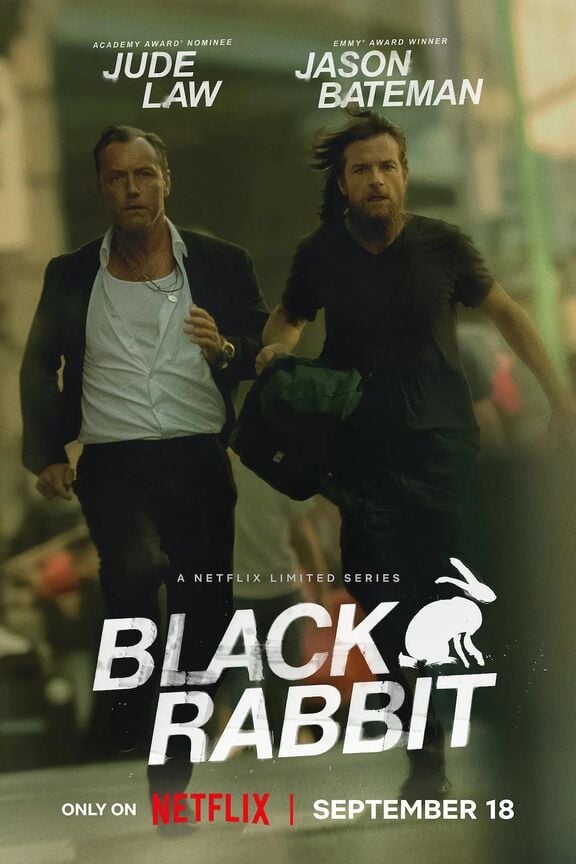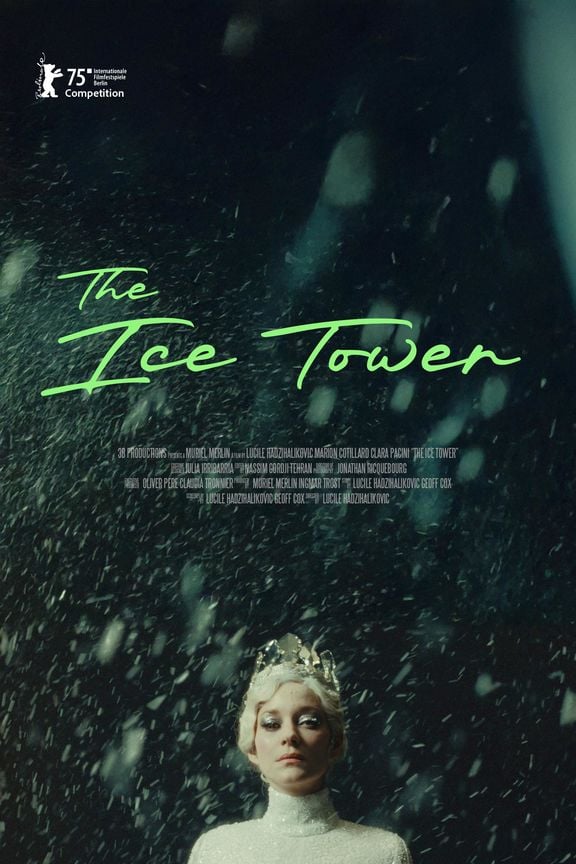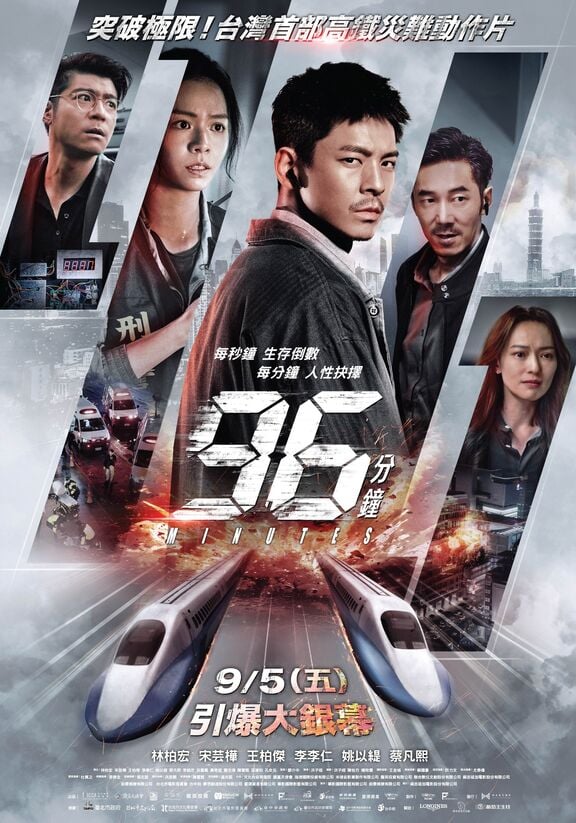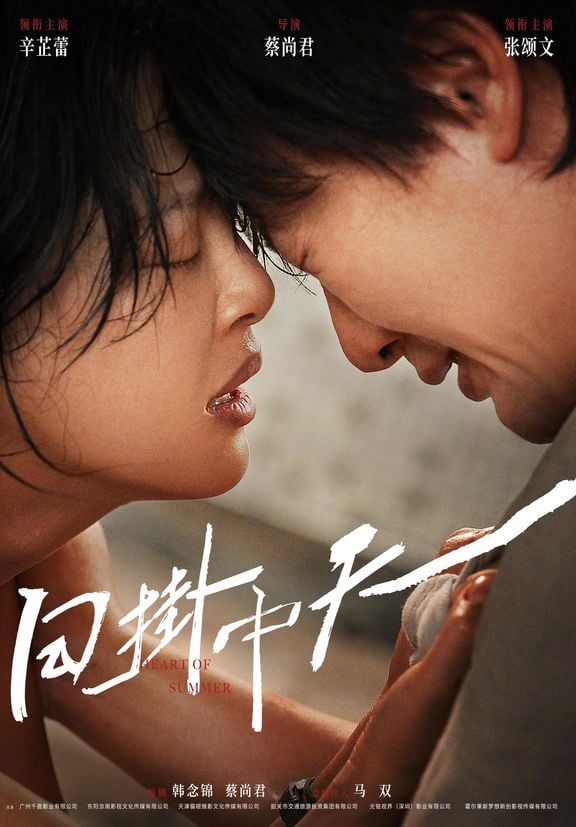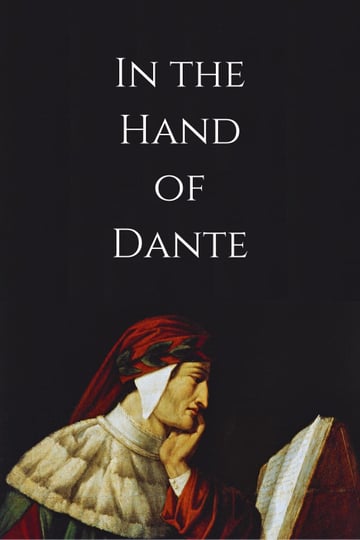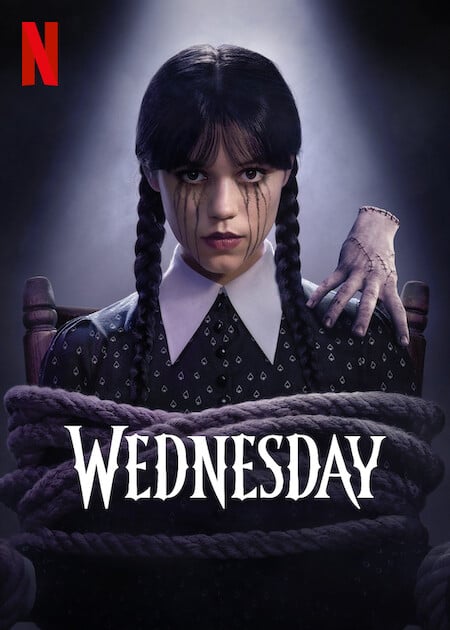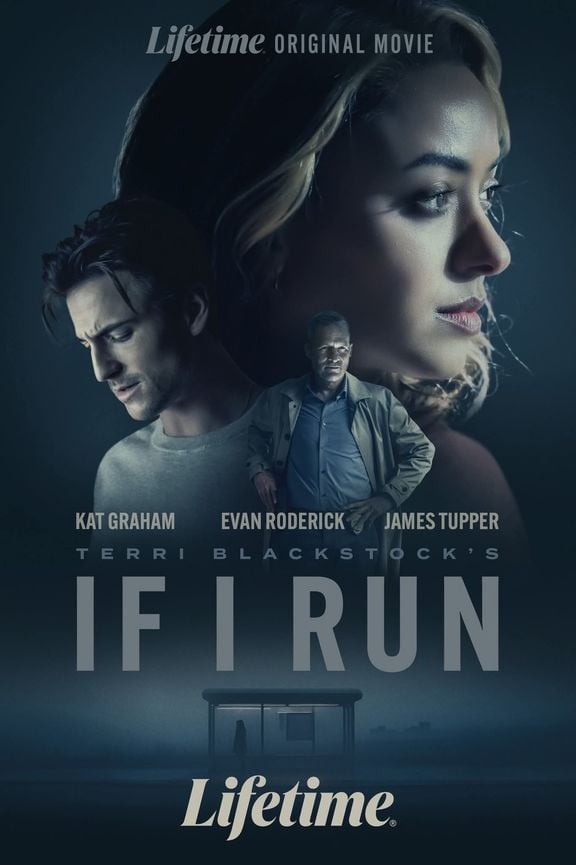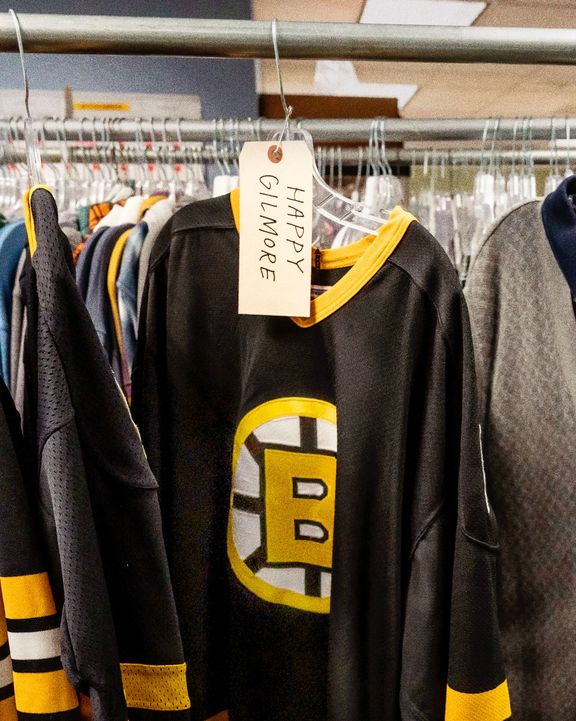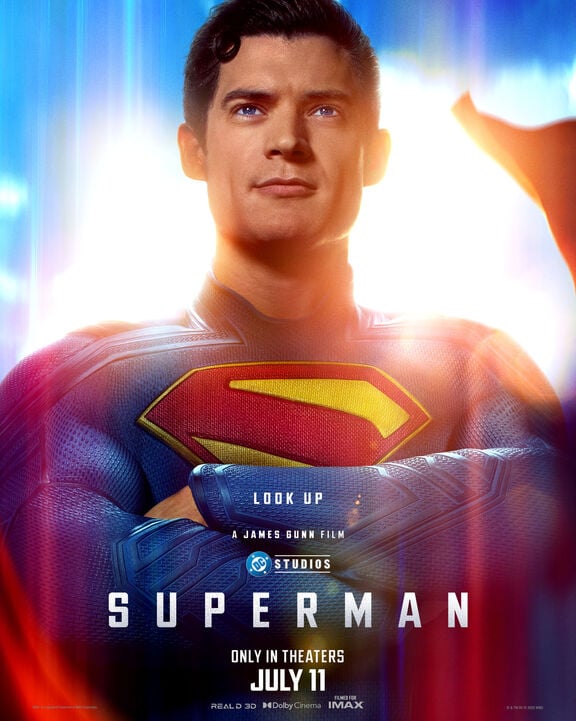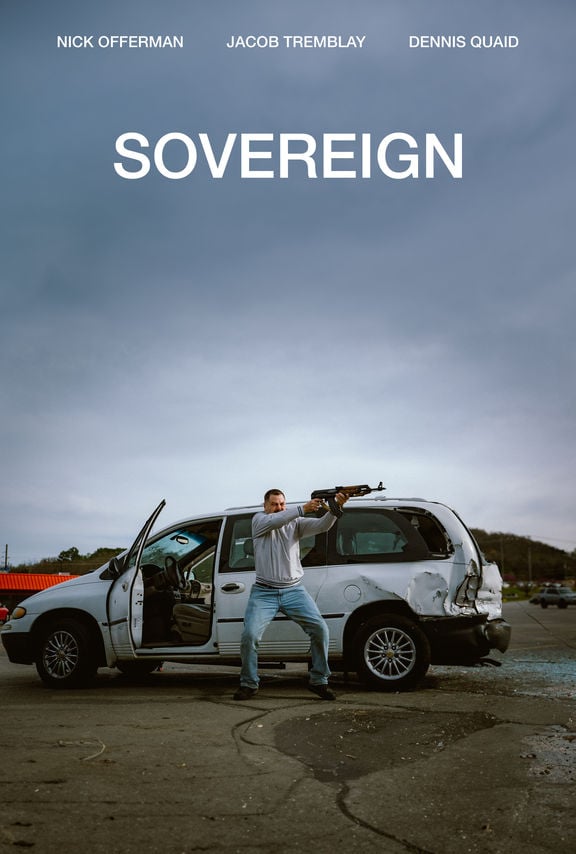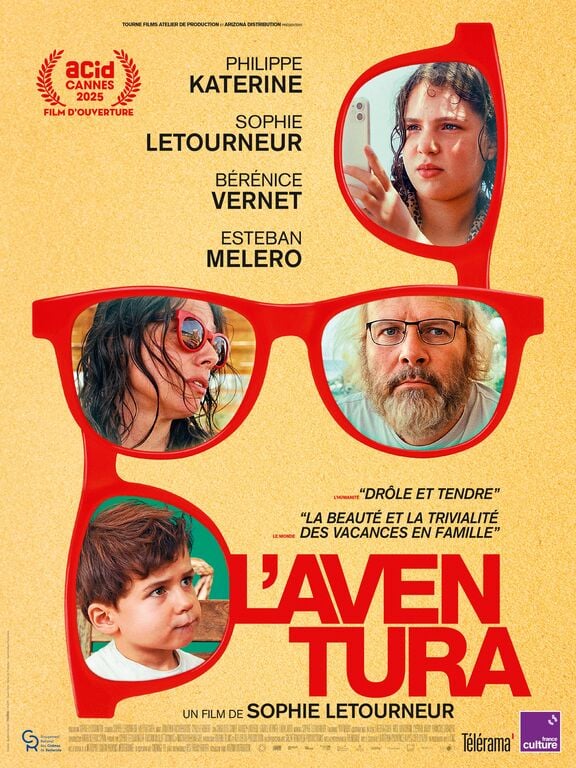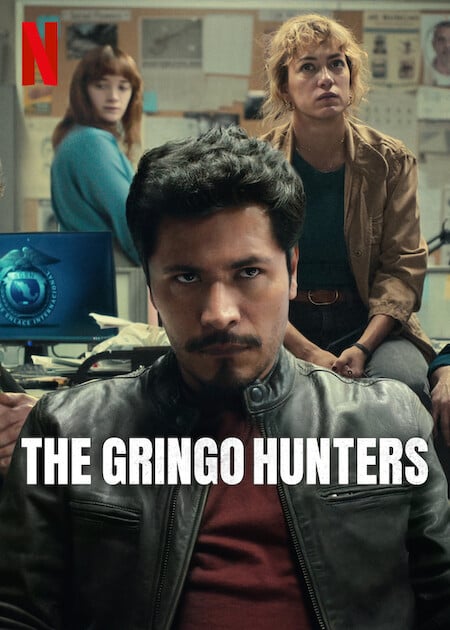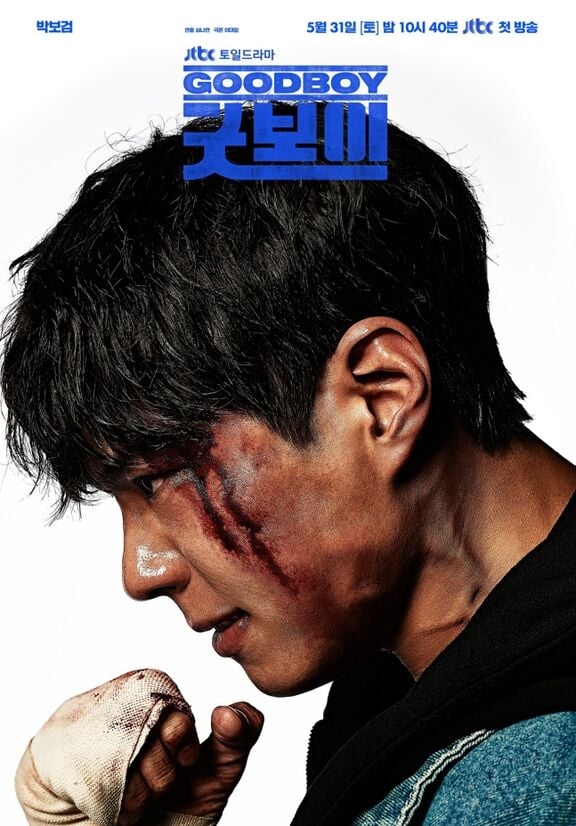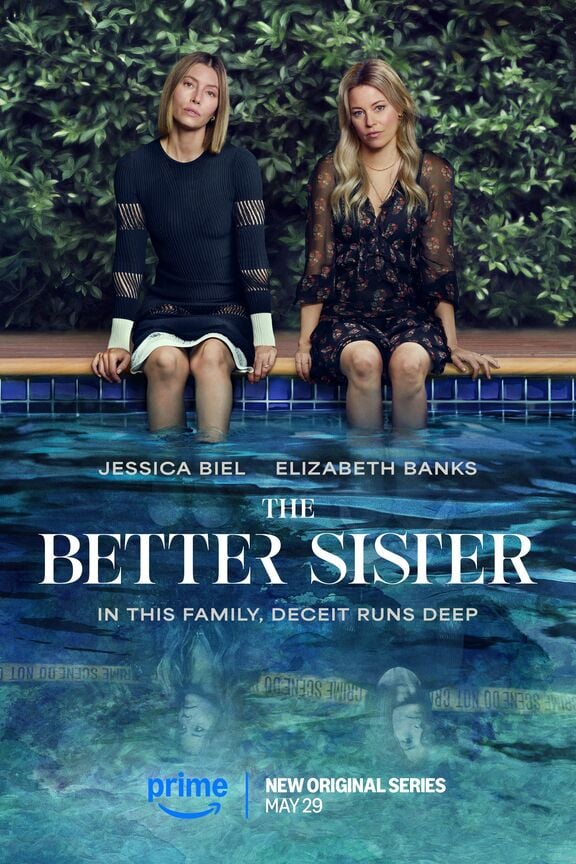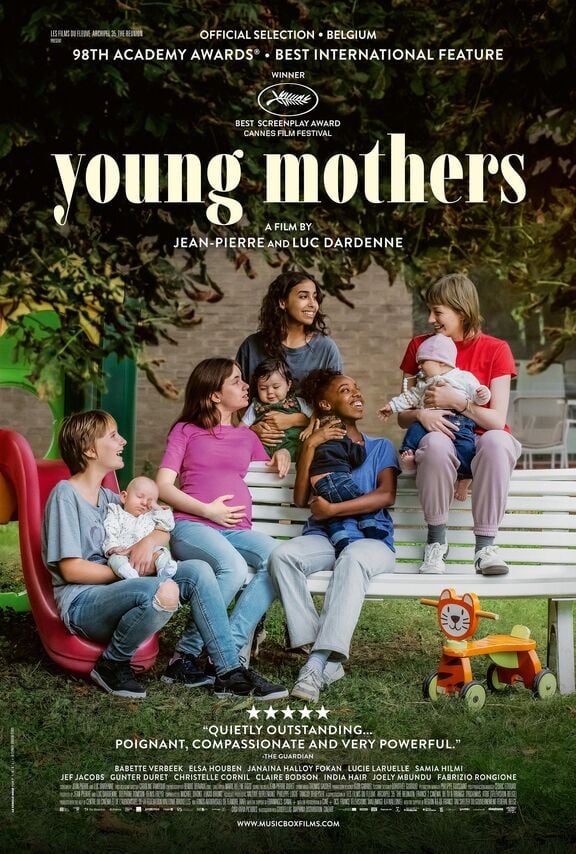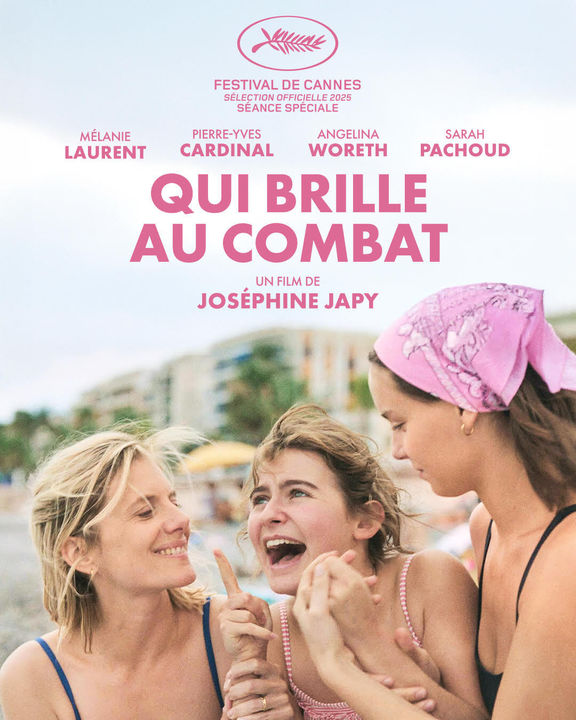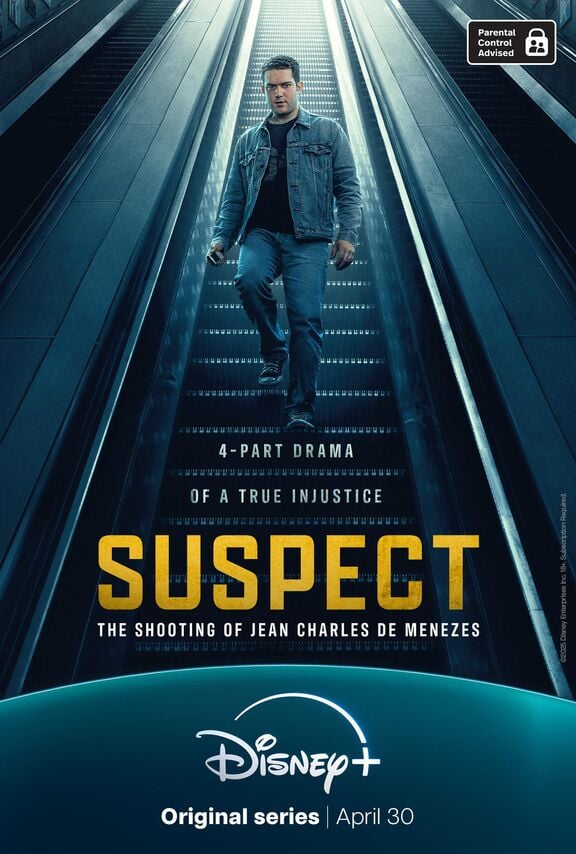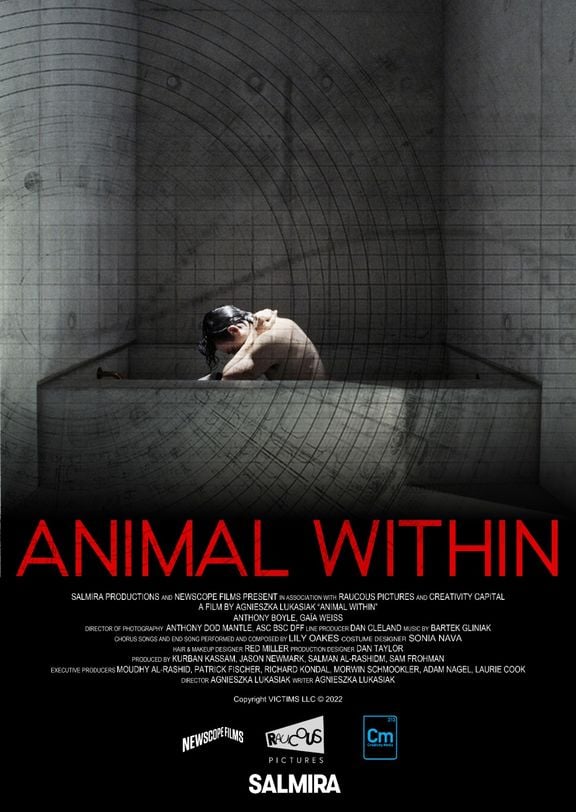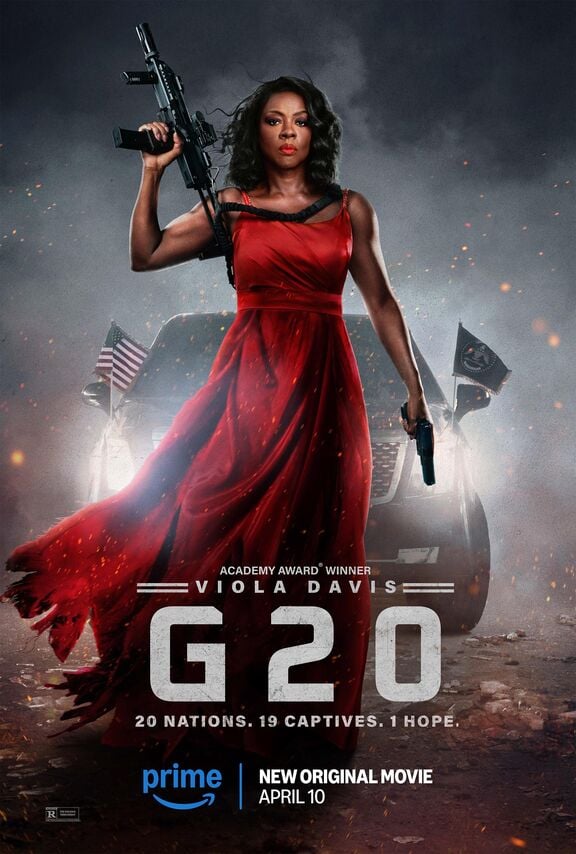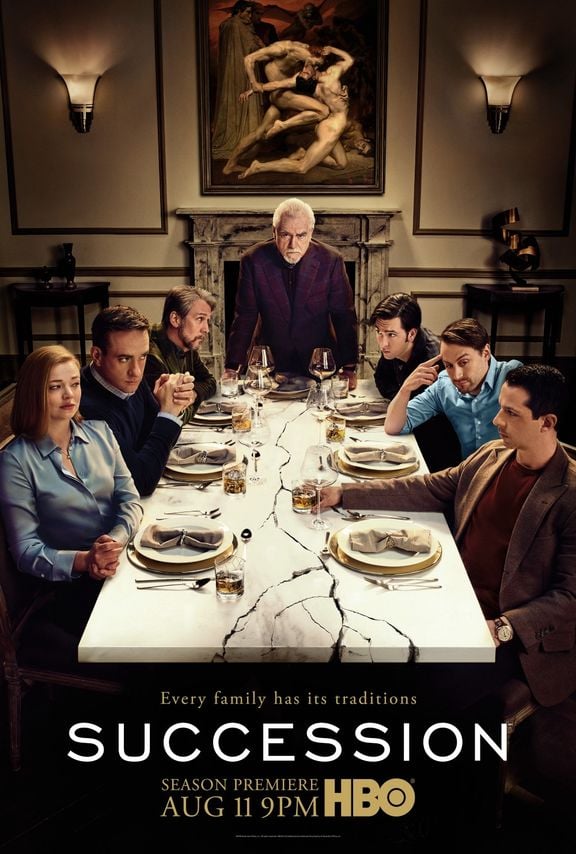
Succession
2018 | TV Series
DoP Patrick Capone | Andrij Parekh ASC | Christopher Norr I Katelin Arizmendi
Director Mark Mylod | Andrij Parekh | Adam Arkin | Miguel Arteta | S.J. Clarkson | Adam McKay | Shari Springer Berman | Kevin Bray | Becky Martin | Robert Pulcini | Matt Shakman I Cathy Yan
Leitz lens SUMMILUX-C
Camera Arricam LT, Arricam ST
Production Companies Gary Sanchez Productions | Project Zeus | Hyperobject Industries
Distribution Home Box Office (HBO) I 24TV I Amediateka I DiziMax I HBO España I HBO Latin America I HBO Max I IVI I Jio Cinema I KINO1TV I KION I Max I NTV-PLUS Online TV I OKKO I TOD I Tricolor I WINK I Warner Bros. Home Entertainment I Warner Home Video I Ziggo Movies & Series XL
Awards Won 2 Golden Globes. Another 36 wins & 54 nominations.
Country USA
PATRICK CAPONE, ASC ON “SUCCESSION”: SHOOTING BILLIONAIRES WITH SUMMILUX-C AND CELLULOID
HBO’s hit series Succession follows the Roy family, owners of a multinational media conglomerate, as they plot and maneuver for power and control of the family business against a backdrop of opulent locations and expensive trappings. The series created by Jesse Armstrong and executive produced by Adam McKay is now in its fourth and final season. Cinematographer Patrick Capone, ASC has been behind the camera as co-DP for all four seasons.
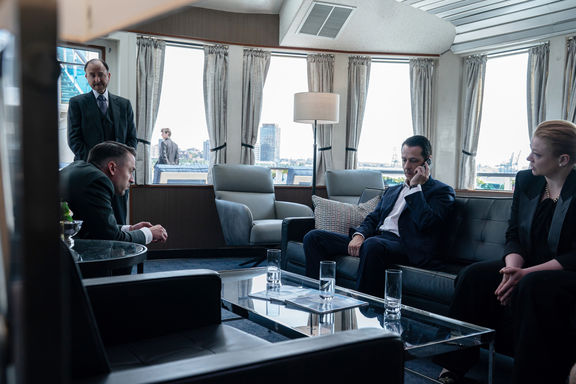
Seth Emmons: What was your path to becoming a cinematographer?
Patrick Capone, ASC: My image making career began as a still photographer shooting rock and roll with a Nikon F3 and Tri-X. My photography portfolio got me into the graduate film school at NYU and after school I found my way to working on features as a loader, assistant, and camera operator. Eventually I started shooting more and ended up working a lot of 2nd unit jobs. Shooting 2nd unit was really interesting for a while, but then it just became a lot of green screen and I felt like I wasn’t doing the storytelling I wanted to do. That's when I transitioned into streaming television where a lot of the narrative players, writers, directors, and actors have moved on to. It was funny, I was actually doing a green screen job when I got the call to shoot the Amazon Studios series Alpha House. Once I did that job I haven't stopped.
How did you come to be connected with the Succession series?
The pilot was directed by Adam McKay and shot by Andrij Parekh, ASC. By the time the series went into production at HBO Andrij had moved on to directing. I had worked with Adam previously doing 2nd unit on The Big Short and Anchorman 2. I had also worked with writer/director/producer John Wells, who is good friends with Successionexecutive producer and lead director Mark Mylod, and John put in a good word for me. So, I went through a series of interviews and ended up as co-DP with Christopher Norr, ASC for the first three seasons. In the last season Katelin Arizmendi was co-DP with me.
When was the decision made to shoot on film?
The pilot was shot on film months before it was picked up, but from the beginning there was never a question about how it would be shot. There were times during the four seasons where we had discussions about shooting digital, but it was always knocked down and we stayed on film.
It’s funny, in the last five or six years whenever I would work on a film job, I would think to myself, “Today is the last day I’m going to shoot film.” But I love it. I grew up on [Kodak] 5247. I remember mixing high speed Agfa stocks with Kodak because Kodak didn’t have a really good high speed film stock yet. That’s how far back I go in film. But the Vision stocks, I mean, I love them! The way they hold the highlights, the quality of the creaminess…it’s amazing.
I feel like most people shooting film stick with classic film lenses. Yet Succession shoots on the Leitz Summilux-C lenses which came out in the late 00s.
It’s an aesthetic question. Each lens has its own little style to it, its own look, and every job has its own path. One of the beautiful things about the Leitz lenses is that they’re small and we do a lot of handheld work. Other fast, spherical lenses can get a little heavy. Some of the older lenses were really good at the time, but the newer lenses are amazing.
How does the combination of celluloid and Summilux-C lenses create the visual aesthetic of Succession?
They’re very complementary to each other. The creaminess and richness of film works together beautifully with the very true image of the Leitz lenses. They have a great shallow depth of field when you want it and yet it doesn’t fall apart, doesn’t get blotchy. The film, the lenses, the storytelling, it just all seems to work.
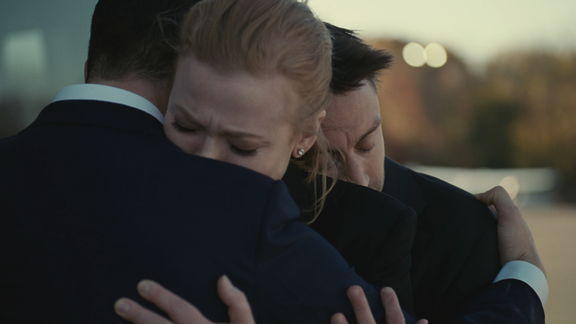
How would you describe the visual language of the show?
I would say one main theme is that the show is “non-cinema.” The camera and the audience are a fly on the wall. I’ve studied White House photographers because their images are striking, they’re photojournalistic, and they’re not lit! They are documenting these very important people in high end places and that’s exactly the story of Succession.
The characters in our show are billionaires. They’re always in great locations, but we don’t want to draw attention to the sets. Everything is subliminal because these people do not know how good they have it. They think their everyday shenanigans are normal. So, I try to make the show look as photojournalistic and realistic as possible, which means natural light and window light. We love blowing out the windows. The lenses and film stocks handle that beautifully.
We tend to use the 29mm and 35mm Leitz Summilux-C primes a lot. Then we kind of skip to the 65mm. We don’t live much on the 100mm or 135mm. We would rather get in closer with the 65mm or in closer with the 35mm, like really close, almost two and a half or three feet away to hold the background.
In the season 4 episode “Connor’s Wedding,” director Mark Mylod and I made a conscious decision to be even closer and wider than usual with a very shallow depth of field so we could always see the other characters’ reactions within the frame because their reactions are so important to what is happening in the story. Mark characterized it as “sadistically voyeuristic.” It was fun and I think it was very successful.
Sometimes we do go with long lenses or Angenieux zooms to make it feel a little more voyeuristic like eavesdropping. But, when you are in a scene between a couple of people like a scene we did on the yacht with Logan and Kendall at the end of season 2, which is handheld, very close, very wide, it’s a successful scene because the power struggle and the father/son relationship is so strong that you really want to see both of them in the frame, even though you’re exaggerating one of them.
Being able to shoot at a T1.4 gives an incredible shallow depth of field and we often use focus shifts to draw attention to the main character in a shot or scene. A lot of times that might not be the character who is talking. We play the reactions and expressions of the cast all the time. Shooting shallow helps make these shifts more dramatic and further isolate these people.
One example is the next-to-last scene in the first episode of season four with Tom and Shiv in the bedroom. It’s the middle of the night with just two lamps on. We’re 25 floors up and we want to know that Manhattan is outside so the entire scene is shot at T1.4. We also used that shallow depth of field when they’re lying on the bed to focus the audience’s attention between Shiv and Tom and then their hands when they grasp each other. That scene uses every tool we have in the box to help tell the story and it’s very intimate and powerful.
Unlike most shows, we shoot our coverage tight first, then when the performances are what we need, when everyone has kind of reached their peak, then we drop back and do the wide shots where the facial expressions might not be quite as important. We let the cast get their work done when they’re hot and as people begin to naturally wear down, we’ll drop back and do the wide work. Most people do the opposite.
Why do you think more people don’t do it that way?
A lot of times they want the actors to warm up. Our particular cast likes to hit it hard in the beginning. Most actors might have their best performance in the seventh, eighth, or ninth take. Our cast comes out hot right away.
In a previous interview you said that the cast has a lot of freedom of movement and delivery in the scenes, that there is very little blocking, and that some of the actors never do the same things twice. I think a lot of people would shy away from shooting with primes and with shallow depth of field in that situation. How do you navigate that?
It’s a challenge in lighting and a challenge for our operators, but it’s also the secret sauce that makes Successiondifferent from every other show. We try not to use traditional cinema establishing shots and we shoot every scene from the first word to the last word. We don’t do overs or masters or matching singles. Our operators literally dance with the cast in every scene. Whether they're on dollies with long lenses or zooms, or if we’re walking with them handheld and panning off to find reactions, the operators are literally part of the ensemble.
I actually find shooting in our style more intriguing when using primes because the operators are forced to move in and tighten up the lens. The audience is brought into the set in a way that I find to be more real, like walking into a room. If you’re at a party you’ll walk around and find people. You might get attracted to a conversation and decide to join it. In our show the camera does the same thing and moves into these situations. It’s a very literal way of bringing the audience into the scene.
What kind of camera support are your operators using?
It’s mostly shoulder operated handheld. We do some Steadicam, not a lot. We do a lot of butt dollies. Our dolly grips are as important to capturing this show as the operators and first assistants. A camera operator Gregor Tavenner will walk around the room and squat and all the sudden there’s an apple box underneath him. Everybody is dancing. I wish we had done more to capture how these people worked. It was amazing.
Given that this is such a dance between the operators and the cast, what kind of direction are you able to give your operators?
We all sit in on the rehearsal and listen to the read-through. Each scene has its own philosophy of what it is about as well as the existing subtext of the greater story. Before the scene starts, I’ll talk with the team about what is important in this scene, what we need to make sure we get. We have headsets on and I’m constantly talking to them through the whole scene. And then at the end of each take we’ll get notes. The director, the operators, and I will take a few moments and discuss what’s happening, what’s successful, what’s not successful, and then we move on to the next take.
We always shoot with two cameras, sometimes three. Usually the two cameras are positioned in a “L” shape so one will be shooting right to left and the other shooting more head on. They’ll move in closer or step back depending on what’s going on and what they’re focused on.
There’s always something to shoot. There are always reactions. One of the most amazing, liberating things about this show is that no one freaks out if there’s another camera in the shot or the cameras cross paths and film each other. When I came up in the film industry if you caught the sunshade of another camera people would start freaking out. But we have smart editors and smart directors. They know when a camera is crossing the shot. The relaxed atmosphere gives everybody the confidence to do what they feel and not necessarily what they’re told. For all of us it’s quite liberating.
The environment that’s been produced here, from writer/creator Jesse Armstrong through Mark Mylod through myself and the operators and the amazing cast that is unlike any other storytelling I’ve done. I’ve operated and pulled focus on a bunch of features, but this is the most amazing experience of how to tell a story. It’s a combination of the techniques that we’ve all learned and being able to blend them in a way that they become secondary to the point of telling the story, which is really the most important thing.
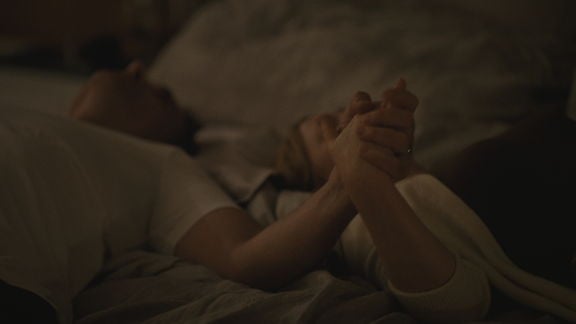
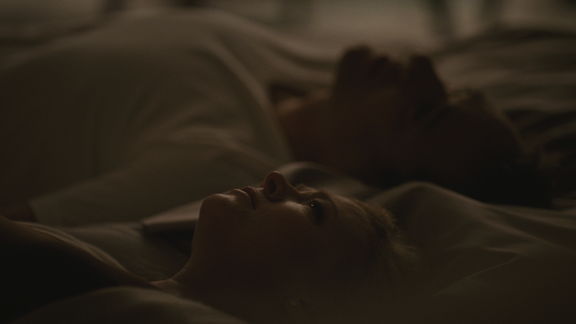
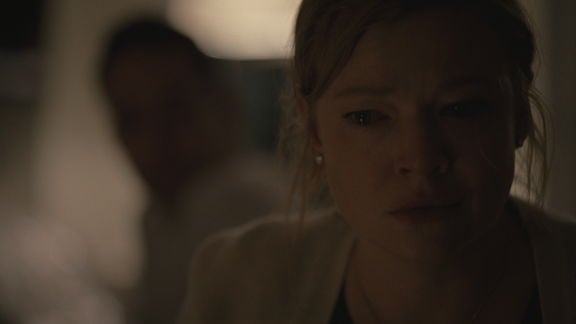
It sounds like an amazing way to work.
After four seasons it works so well, but in the beginning it was a challenge. The first year, especially those first couple of shows, I had to drink the Kool-Aid. It was really like, “You want to do that AND THAT? At the same time? Let me think about it.”
But we’ve grown together and gotten to know each other. We’ve done things this season and last season that we would not have tried during the first two seasons. The third episode of this season, “Connor’s Wedding,” we spent two days shooting a 28-page scene. The third day we all got together and said, “Why don’t we do this scene all at once?”
The scene took place on over three levels of a yacht, which is the location of the wedding. For half an hour we ran three cameras between all three levels, starting, stopping and reloading cameras at different times so that someone always had film. We had a camera waiting on one level that followed Kendall upstairs while another camera stayed downstairs with Roman and Shiv for their reactions while Kendall was upstairs on a phone call. The Roy kids would split up, then reconvene, then move outside, then come back in... The whole thing took 30 minutes.
How much of that made it into the final cut?
A lot of it. And the cast loved it. They’re amazing. They were able to run a 28-page scene without breaking it up. It was quite the challenge. But that’s something we would not have tried in season one.
That takes a lot of trust.
Exactly! A lot of trust.
How do you approach lighting an un-lit, photojournalistic show with very little blocking?
We use a lot of large sources from outside windows and doors or top light. We love shooting in 360° so that means no floor lights. Film also helps us here in that we can balance those really hot spots outside, people walking in from outside, and hold that much better. Our stage work is almost all LED. The Waystar Royco office set is in the 3 World Trade Center building on the 65th floor, so there’s always a lot of natural light pushing in from outside.
Do you use any filtration in front of the lens?
No, just NDs to keep the iris open.
Did shooting on film present any additional challenges?
Not for me really, but so many people are used to having monitors on set and camping out in the DIT tent. Unfortunately video tap technology hasn’t advanced much and the taps we get are not great. Over time they get worn out and burned up and are rarely repaired. There just doesn’t seem to be enough demand for it. Sometimes when we travel we actually have to bring our taps with us because we can’t source them in various locations.
So what happens is we might have a new director look at the monitor feed and become concerned because they can’t see anything. There’s nothing in the background. I always have to reassure them that it’s there and convince them to wait for the dailies. Once they see we’re getting what we need, it's not so much of an issue. We really only use monitors for composition.
Given that the show aims for a natural, semi-photojournalistic look, is your post production process pretty straight forward?
It is. I work with Sam Daley at Light Iron. I’ll get a locked picture about two weeks before I go in to do the DI and I’ll give my preliminary notes to Sam and he’ll make the first pass. After four seasons he knows what I like so when I have my day with Sam everything is already in a good place. There are always some specific things to address of course, but because production moves at such a fast rate I’ve learned to lean on the DI more than I might usually. Sometimes on set I just try to make sure it’s there knowing that I can supplement and augment it in the DI, which thanks to the latitude of film and our great crew tends to work out just fine.
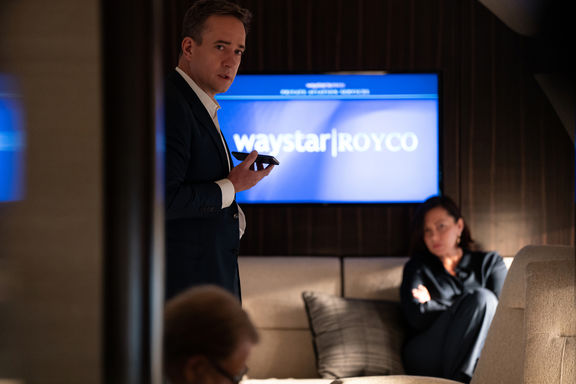
Lens used
SUMMILUX-C
Performance
Fast, compact, reliable, beautiful in color and excellent in contrast.
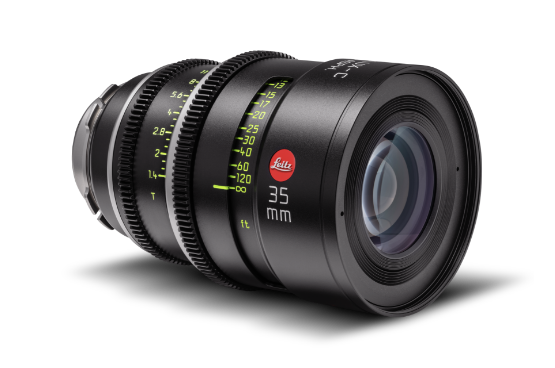
Articles
ICG Magazine
Succession (2018)
SUMMILUX-C
